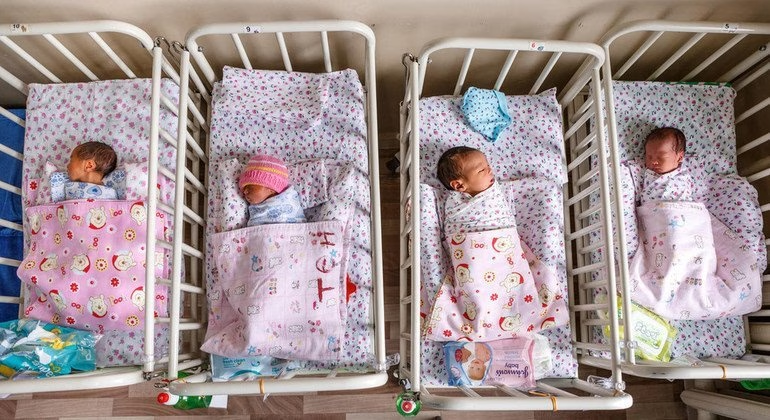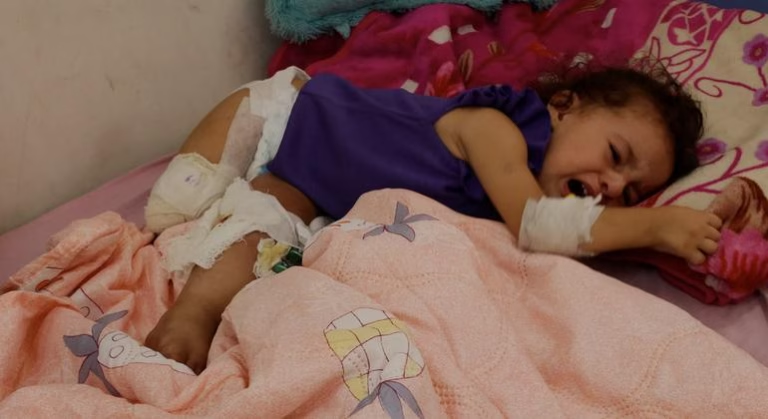In 2023, the number of deaths for children under five was recorded as 4.8 million, showing a notable decrease, with stillbirths slightly dropping to about 1.9 million, as indicated by the data released by the United Nations. Despite this improvement, ongoing progress in child survival rates is being threatened by funding cuts, challenges within healthcare systems, and regional inequalities, as warned by UNICEF, the World Health Organization (WHO), and members of the interagency network IGME.
According to Catherine Russell, the Executive Director of UNICEF, “Millions of children are alive today thanks to the global commitment to effective interventions like vaccines, nutrition, and access to safe water and basic sanitation. Reducing preventable child deaths to a record low is a remarkable achievement. However, without appropriate policy choices and adequate investment, we risk losing these hard-won gains, resulting in millions more children dying from preventable causes – a situation we cannot let happen.”
The data, presented in two reports, reveals that nearly half of the deaths among under-fives occur in the first month of life, mainly due to premature births and complications during labor. For children who survive infancy, infectious diseases such as pneumonia, malaria, and diarrhea remain significant causes of preventable death. Additionally, around half of late stillbirths occur during labor, often due to maternal infections, prolonged or obstructed labor, and inadequate timely medical intervention. Experts emphasize the importance of improving access to high-quality maternal, newborn, and child healthcare to prevent these deaths.
The location where a child is born significantly impacts their chances of survival. In low-income countries, essential services, vaccines, and treatments are often inaccessible, resulting in disproportionately high mortality rates. Children in the poorest countries, those living in rural areas, and those with less-educated mothers face higher risks. Similarly, women in low-income countries are eight times more likely to experience a stillbirth compared to those in high-income countries. Funding cuts for child survival programs exacerbate these existing disparities, leading to healthcare worker shortages, clinic closures, disruptions in vaccination campaigns, and shortages of essential supplies.
Tedros Adhanom Ghebreyesus, the Director-General of WHO, stressed the need for urgent collaboration to protect children’s lives and improve their health. He stated, “We can make a difference for millions of families by tackling malaria, preventing stillbirths, and ensuring evidence-based care for the youngest babies.”
Source: https://news.un.org/feed/view/en/story/2025/03/1161466







